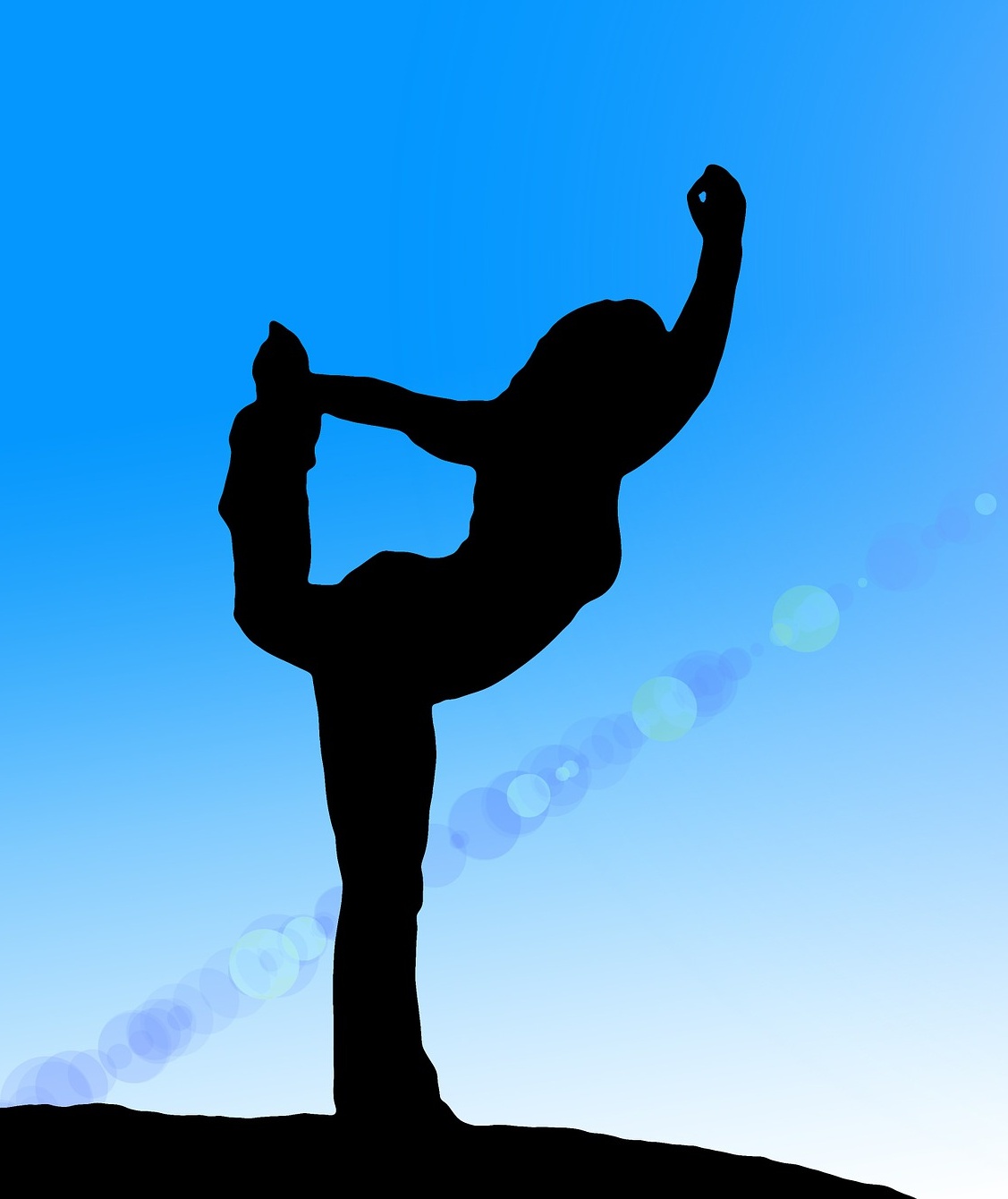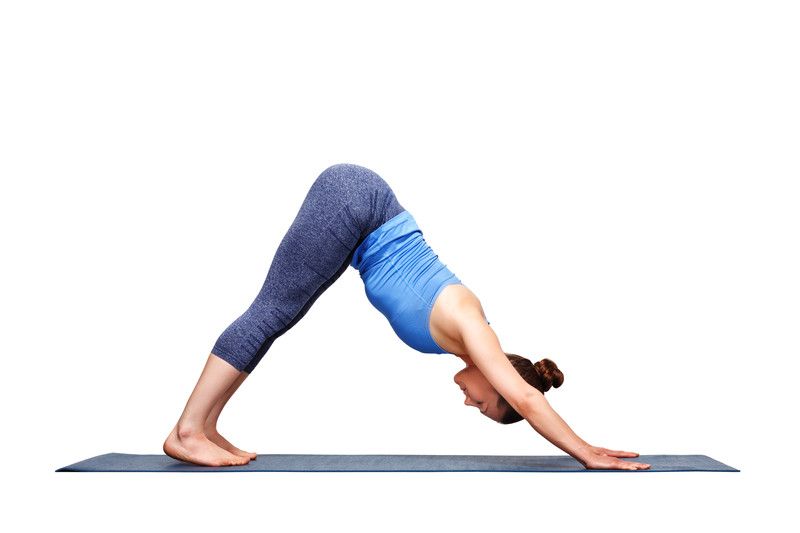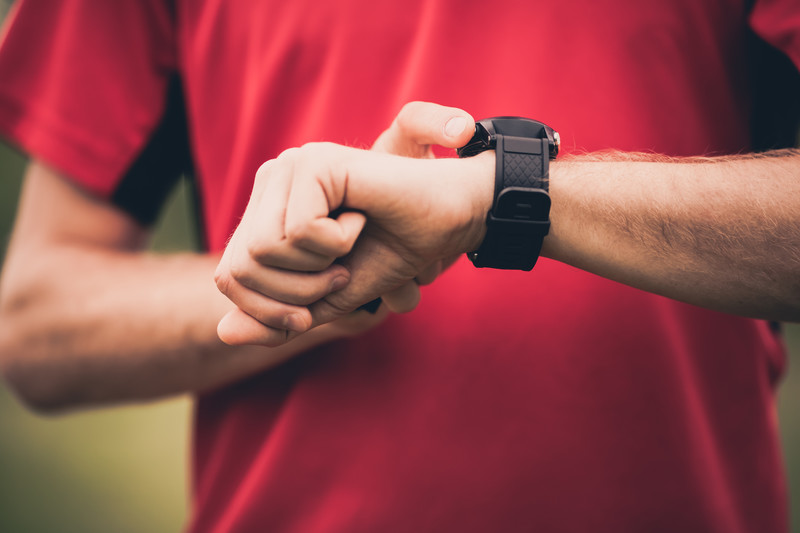
What is Fitness? Part 4: Balance
Balance is the ability to maintain the body’s center of gravity over its base of support. Balance is both static (standing still or holding a yoga pose) and dynamic (walking, getting up out of a chair, dancing, or flowing in Vinyasa Yoga). Balance is achieved as the brain receives sensory input from three […]
What is Fitness? Part 3: Strength
What is Strength? Strength is: A. The ability of the neuromuscular system to produce internal tension to overcome an external force. B. The amount of force a muscle can exert against an external load (weights, bands, gravity, etc.). C. Dictated by the ability of the nervous system to recruit and activate muscles. D. My favorite […]

What is Fitness? Part2: Flexibility/Mobility
What is flexibility? The dictionary says it best: Flexibility is the ability to bend easily without breaking. Is Mobility the same thing? Perhaps you’ve heard the term mobility at the gym or on social media lately. This is not the same as flexibility. Mobility refers to ability to move safely and effectively through exercises, […]

What is Fitness? Part 1: Cardio
Cardiorespiratory fitness is measured by VO2 max and refers to the ability of heart and lunges to deliver oxygen to the body. Cardiorespiratory efficiency is improved with activities that use large muscle groups and increase the heart rate: a brisk walk, Zumba, swimming, cycling, running, jumping rope, rowing, and even intense circuits of body weight […]
